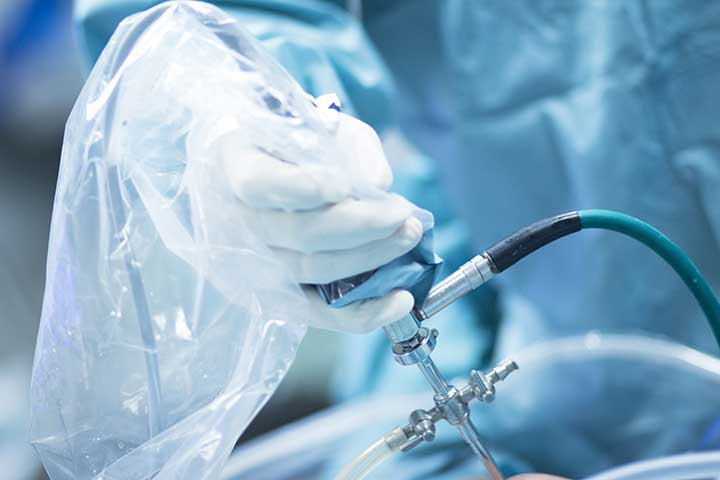Arthroscopy vs. Joint Replacement: Which One Should You Choose?
While conservative treatments are typically the first method of treatment for people suffering from joint problems, surgery may be the best. If treatment methods such as physical therapy and medication have failed in improving your symptoms, an orthopedic specialist may recommend surgery. However, many patients are curious about which type of surgery is more beneficial: arthroscopy or total joint replacement. At Dr. Horn Orthopedics, we understand that choosing the right type of surgery is important, so we’ve laid out some information to help you determine which may be the best method of treatment for you:
- Size of Incision
Arthroscopy involves making small incisions in the skin, through which a small camera and other specialized instruments are inserted in the joint. This allows for visualization of the joint cavity and serves both diagnostic and therapeutic purposes. While each individual case is different, the most common reasons for using an arthroscope to make an incision are:
- Removal of deposits of extra calcium on the bone
- Soft tissue repair (tendons, muscles, and ligaments)
- Collection of joint fluid or tissue for analysis
- Bone fractures
- Removal of baker cysts
Joint replacement, on the other hand, is an open procedure that requires a comparatively bigger incision (around 4-6 inches in length). Once the joint is open and the bone is removed, titanium implants are inserted to aid in smooth movement. Total joint replacement is often suggested for patients with more severe and significant joint problems, such as arthritis.
- Risk of Complications
When it comes to any form of orthopedic surgery, larger incisions come with a greater risk of complications. Total knee replacement, for example, is associated with issues like bleeding and blood clotting. Arthroscopy, however, has very little risk of associated complications. Additionally, joints treated with arthroscopy tend to have a better range of motion when compared to an artificial joint.
- Recovery
The recovery process following a total joint replacement can take weeks (sometimes months), and often requires heavy medication to relieve pain. Since arthroscopy doesn’t require the cutting of muscles and tendons, there is less scarring, a more expedient recovery, and a more comfortable rehabilitation. This can be helpful for many patients, especially those who are more at risk for post-operative complications.
Of course, Baytown, Texas patients should always speak with their orthopedic surgeon to determine the best method of treatment for joint problems. However, for many cases, arthroscopic surgery may provide more benefits than a total joint replacement. For those wishing to learn more about the potential benefits of arthroscopic surgery, give Dr. Horn Orthopedics a call at (281) 837-8550 or visit us at https://hornortho.com/arthroscopy/.

